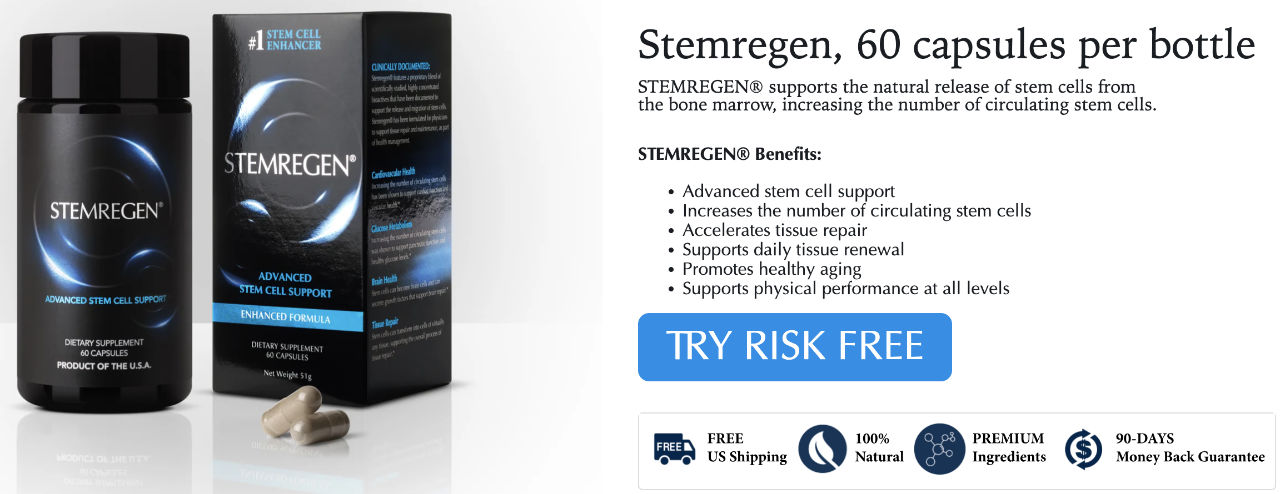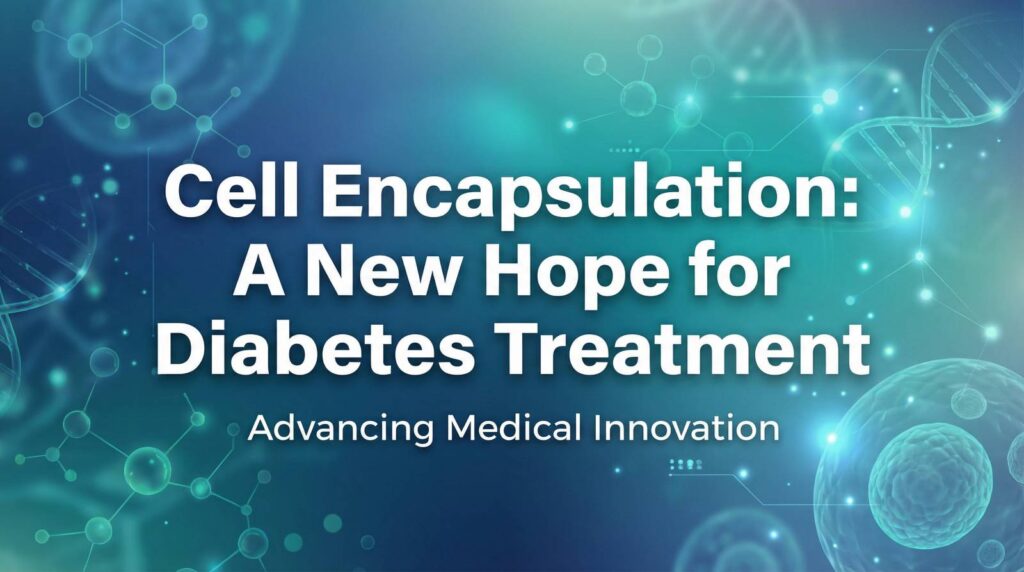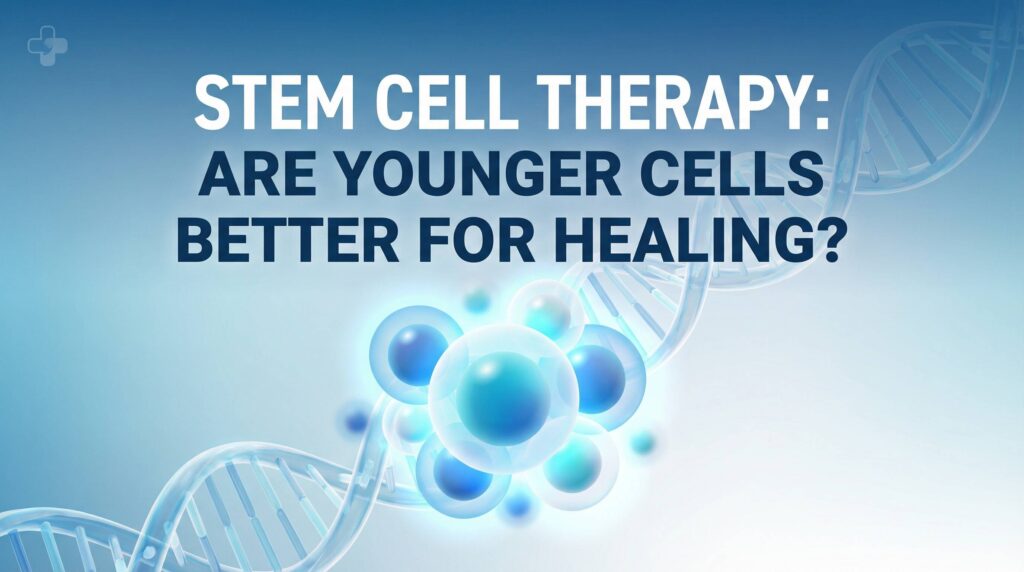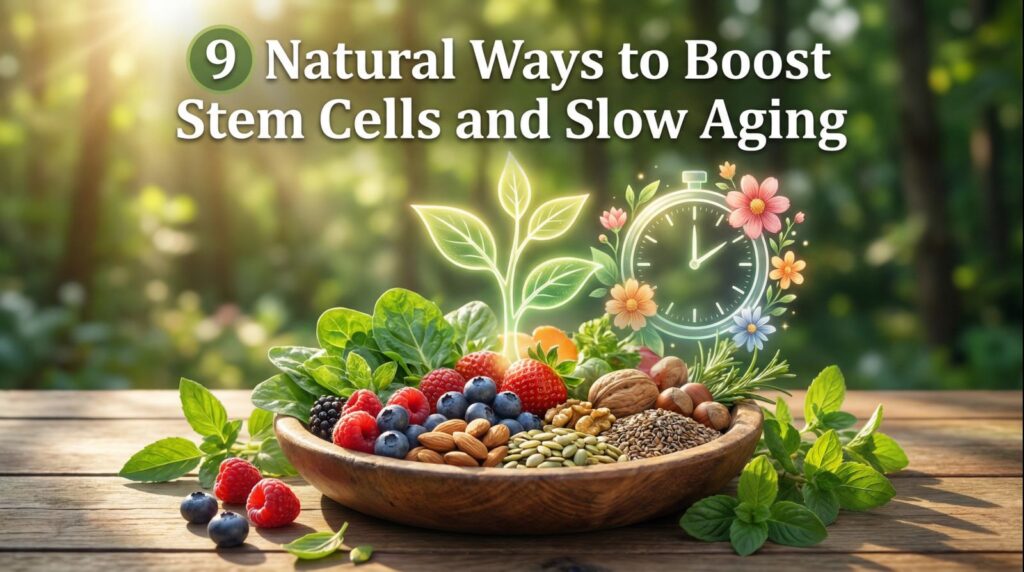Are you concerned about aging and the inevitable decline of your body’s natural healing abilities?
What if there was a way to preserve your youngest, healthiest cells today for use in future medical treatments?
The field of regenerative medicine is rapidly evolving from science fiction to reality, offering groundbreaking solutions that could fundamentally change how we approach health, aging, and longevity.
In a recent episode of the High Agency Podcast, Steven Ten Holder, co-founder of Acorn Biolabs, shared insights into this multi-billion-dollar field that focuses on improving “healthspan” rather than just lifespan.
The goal is not merely to live longer, but to live sharper, stronger, and more resilient throughout our extended years.
The Science Behind Cell Preservation
The core concept of modern regenerative medicine centers on preserving your youngest, healthiest cells for future use in personalized therapies. This revolutionary approach represents a shift from treating symptoms to addressing the root causes of health problems.
Steven Ten Holder’s company, Acorn Biolabs, has pioneered a non-invasive method of cell preservation by collecting and freezing hair follicles.
This process essentially “freezes the clock” on your cells, preserving their vitality for potential future applications.
The preserved cells, including valuable stem cells, could one day be used to repair, restore, and even enhance your body’s natural functions.
The technology works by maintaining cellular integrity at extremely low temperatures, ensuring that the biological material remains viable for decades.
This preservation method captures cells at their peak condition, before age-related damage accumulates, providing a biological insurance policy for future health needs.
Stem Cells: The Building Blocks of Regenerative Therapy
Stem cells represent the cornerstone of regenerative medicine due to their unique ability to differentiate into various cell types throughout the body.
These remarkable cells possess the potential to regenerate damaged tissues, organs, and systems that have been compromised by age, disease, or injury.
The ultimate vision for preserved stem cells extends far beyond current applications. Scientists envision using these cells to grow new, young replacement organs in laboratory settings.
Imagine having a new liver, grown from your own preserved cells, transplanted back into your body without the risk of rejection. This personalized approach to organ replacement could eliminate waiting lists and compatibility issues that plague current transplant medicine.
The applications for stem cell therapy continue to expand as researchers discover new ways to harness their regenerative potential.
From treating degenerative diseases to enhancing the body’s natural healing processes, stem cells offer hope for conditions that were previously considered untreatable.
Technology Breakthroughs Accelerating the Field
The regenerative medicine field is experiencing unprecedented acceleration thanks to breakthroughs in three key areas: bioengineering, artificial intelligence, and synthetic biology.
Bioengineering advances have improved our ability to create suitable environments for cell growth and organ development. Sophisticated bioreactors and tissue scaffolds now provide the necessary conditions for complex organ formation outside the human body.
Artificial intelligence is revolutionizing how we understand cellular behavior and optimize treatment protocols.
AI-powered cell therapies can analyze vast amounts of biological data to predict treatment outcomes and customize therapies for individual patients.
Machine learning algorithms help identify the most promising cell lines and treatment combinations for specific conditions.
Synthetic biology enables scientists to engineer biological systems with enhanced capabilities. This field allows for the modification of cellular functions to improve therapeutic outcomes and create more effective treatments.
Real-World Applications and Market Impact
The regenerative medicine market has evolved from experimental treatments to practical applications with significant commercial potential.
While Acorn Biolabs initially focused on the cosmetic biotech market, the long-term goal extends to making longevity technology accessible to everyone.
Current applications include treatments for various degenerative conditions, wound healing acceleration, and cosmetic procedures that restore youthful appearance.
However, the future holds promise for much more comprehensive applications, including the treatment of major organ failures, neurological conditions, and age-related diseases.
The democratization of regenerative medicine represents a significant shift in healthcare accessibility.
As costs decrease and technology improves, these advanced therapies will become available to broader populations, potentially transforming global health outcomes.
The Vision for Multi-Century Humans
The concept of multi-century human lifespans may sound like science fiction, but the scientific foundation is rapidly solidifying.
The focus extends beyond simply extending life to ensuring that those additional years are filled with vitality, strength, and cognitive sharpness.
This approach could fundamentally change the structure of our lives, careers, and relationships. When people can maintain their physical and mental capabilities for centuries rather than decades, society will need to adapt to accommodate these extended lifespans.
The technology aims to address aging at its cellular level, preventing the accumulation of damage that leads to age-related diseases and functional decline.
By maintaining cellular health and regenerative capacity, humans could potentially experience multiple centuries of productive, healthy living.
Conclusion
Regenerative medicine and stem cell preservation represent more than just medical advances; they offer a new paradigm for human health and longevity.
The work being done by pioneers like Steven ten Holder at Acorn Biolabs demonstrates that the future of medicine is not about treating disease after it occurs, but about preserving and enhancing our natural healing capabilities.
As breakthroughs in bioengineering, AI, and synthetic biology continue to accelerate this field, we stand on the threshold of a new era in healthcare.
The possibility of preserving our youngest, healthiest cells today for use in future therapies offers hope for addressing some of humanity’s greatest health challenges.
The journey toward multi-century humans has begun, and the implications for how we live, work, and plan our lives are profound.
By embracing these technologies and supporting continued research, we can work toward a future where aging becomes a manageable condition rather than an inevitable decline.



